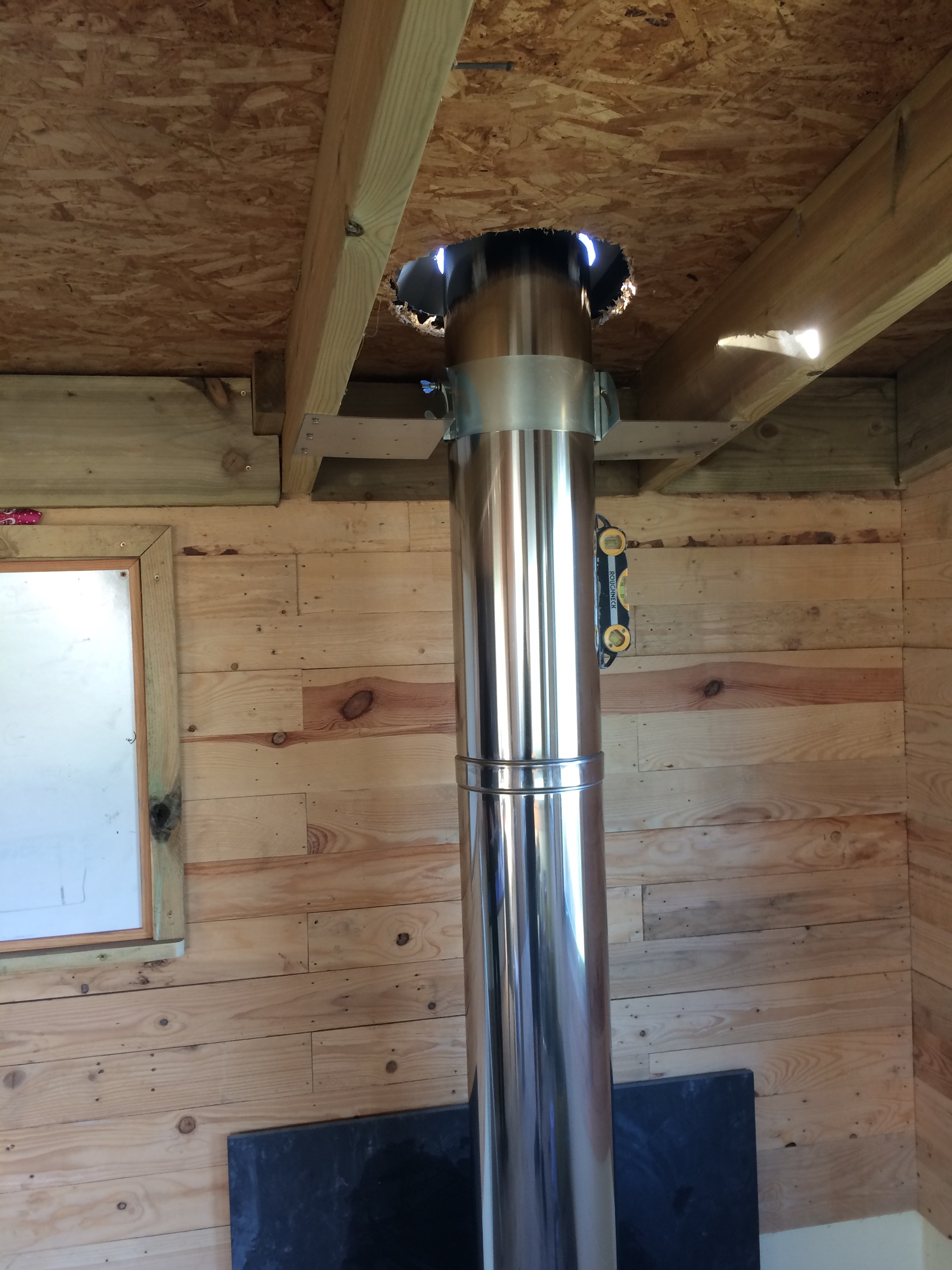This Comprehensive List for a Smooth Cooktop Mounting
Installing a modern cooking range in your kitchen can be an thrilling yet challenging process for any property owner. With so many options on the market, such as gas and electric models, it's essential to comprehend the details involved in a effective installation. If you're boosting to elevate your culinary skills or merely replacing an outdated appliance, going through the details can make all the difference.
In this thorough guide, we will detail what you need to learn about cooking appliance installation. From initial preparations and safety tips to spotting frequent errors, our list will serve as your blueprint to ensure a smooth and efficient installation process. We'll cover the multiple types of cooking appliances, necessary adjustments, and key safety standards, enabling you to choose wisely as you embark on this kitchen transformation.
Grasping Stove Types and Fundamentals of Installation
In the realm of choosing a stove for your kitchen, comprehending the available types is vital. The two primary types are gas and electric stoves, both having unique benefits and factors. Gas stoves often provide quick heating and exact temperature control, which makes them a favorite among gas enthusiasts. Electric stoves, alternatively, offer stable cooking temperatures and can be more convenient to clean due to their flat tops. Induction cooktops, a subset of electric stoves, employ electromagnetic energy to warm pots and pans directly, making them highly efficient and safe.
Setting up for a stove installation demands careful consideration of both the type of stove chosen and your kitchen's design. Homeowners should examine their present kitchen setup to decide whether an improvement to the gas line or electrical system is required. Safety is also a key concern, notably with gas stove installations. Ensuring adequate ventilation and conformity with local codes is essential to prevent potential risks like gas leaks or bad air quality.
Prior to proceeding with the installation, it's crucial to understand the steps involved. This includes choosing the right spot for the stove, checking that there is proper clearance around it, and checking that the necessary utilities are available. Regardless of choosing a gas or electric stove, hiring a professional for installation is often wise. They can offer valuable advice into best safety practices and local regulations, assisting in avoid common mistakes that could jeopardize both operation and safety.
Security Considerations for Hob Installation
As placing a stove, safety should consistently be the primary priority. For propane stoves, maintaining sufficient airflow is essential to stop the buildup of toxic gases. It is important to ensure that the ventilation system is functioning properly and complies with area codes. Property owners should additionally be conscious of the importance of carbon monoxide detectors in proximity to natural gas appliances, as these can warn you to potential leaks or dangerous conditions.
Another vital safety aspect pertains to the setup procedure itself. Regardless of whether you're deciding for a natural gas or electric stove, adhering to the manufacturer's guidelines is imperative. This includes knowing the appropriate electrical specifications for electric stoves and confirming that correct gas line fittings and joins are used for natural gas stoves. Any blunders during the setup can result in hazardous situations, such as overloading of circuits or gas leaks, which can present serious threats to your home and loved ones.
Finally, after installation, it is important to verify for adequate clearance around the stove to make sure that there is enough space for safe use and maintenance. check my blog includes avoiding flammable materials near the heat source and guaranteeing that the cooking appliance is situated safely. Regular checkups examinations are important to resolve potential concerns promptly, such as gas line inspections or power functionality tests, to help to make certain your cooking appliance functions safely and adequately for many years to follow.

Upgrading and Looking After Your Cooktop
Enhancing your stove can greatly boost your cooking experience and enhance energy efficiency in your kitchen. When thinking about an improvement, assess your cooking habits and the attributes you need. For instance, if you frequently make gourmet meals, spending in a high-quality gas or induction stove may be worthwhile. Additionally, make sure that your kitchen’s layout and infrastructure can handle the new model, as larger or differently configured stoves may require modifications to the existing space.
Consistent maintenance is essential to keeping your stove in peak condition. For gas stoves, scheduled checks for gas leaks and ensuring that burners are clean and functioning properly are essential safety measures. Electric stoves should have their heating elements assessed for wear and tear. Basic tasks like wiping down surfaces, checking for proper leveling, and making sure that there is ample ventilation will extend the life of your appliance and maintain performance.
Finally, be proactive about troubleshooting frequent issues that may happen. If you see that your gas stove isn’t igniting or an electric stove isn’t heating correctly, these problems could be related to setup or need professional assistance. Keeping a list of maintenance tasks and when to schedule professional inspections can help you prevent unexpected failures, ensuring your kitchen stays a usable and pleasant space.